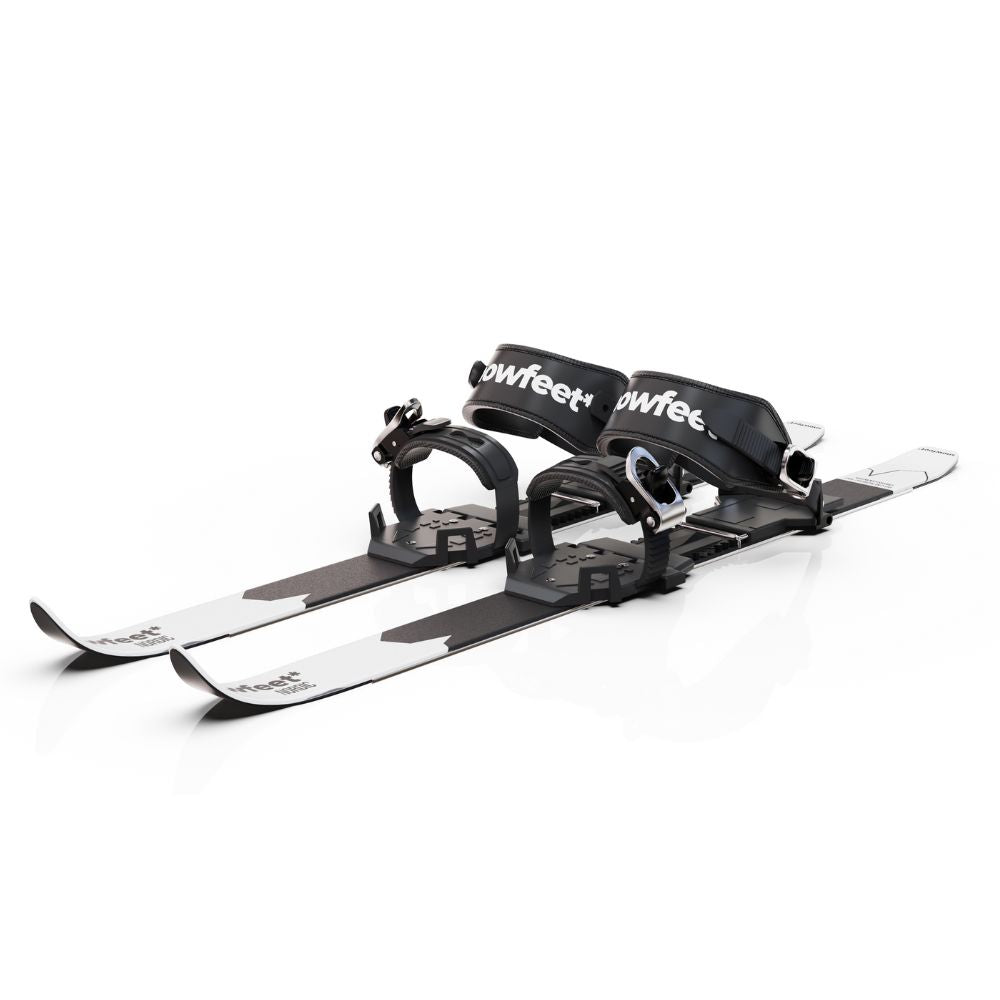
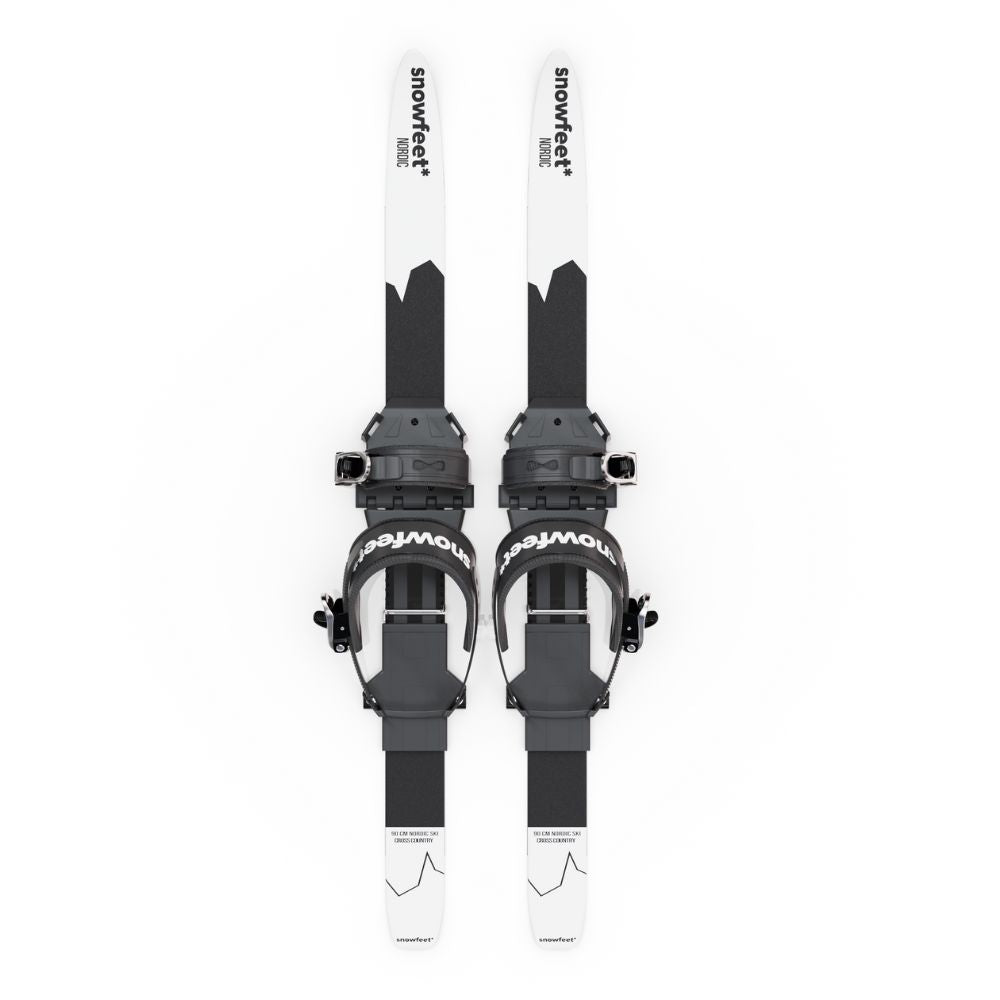
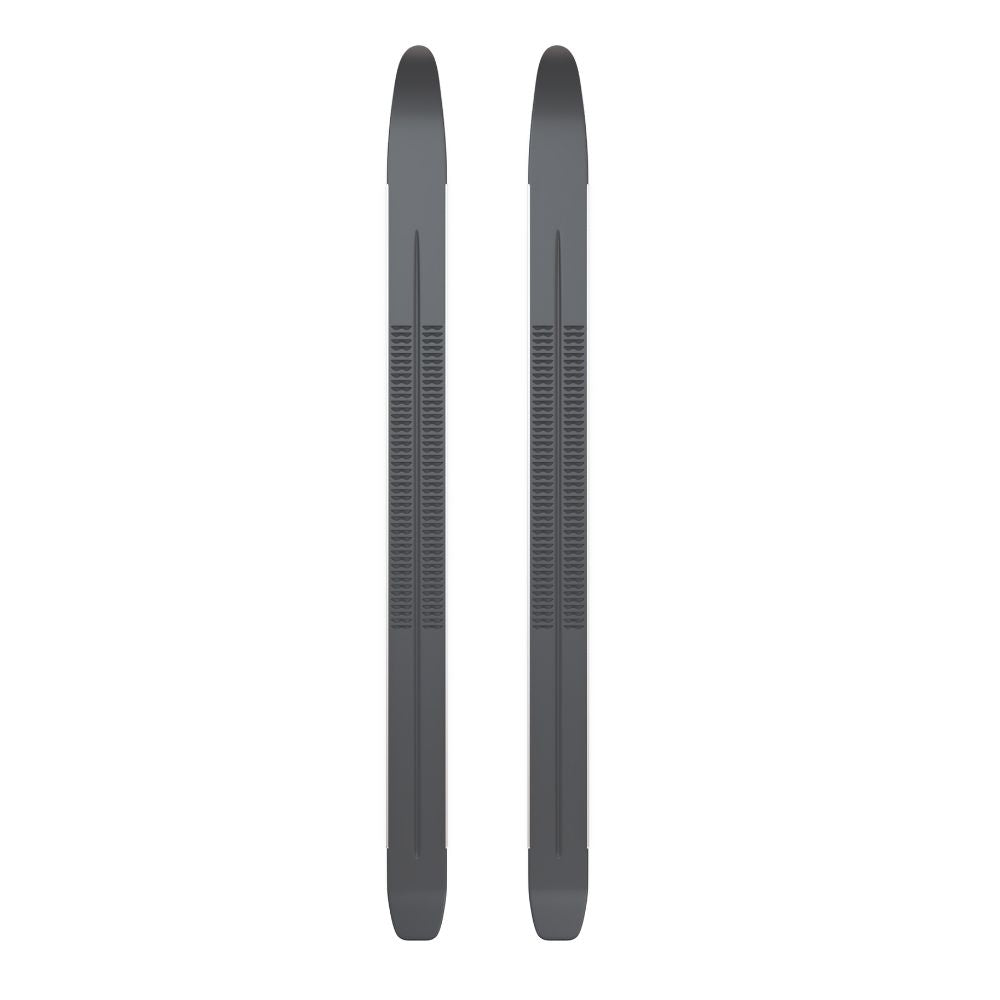

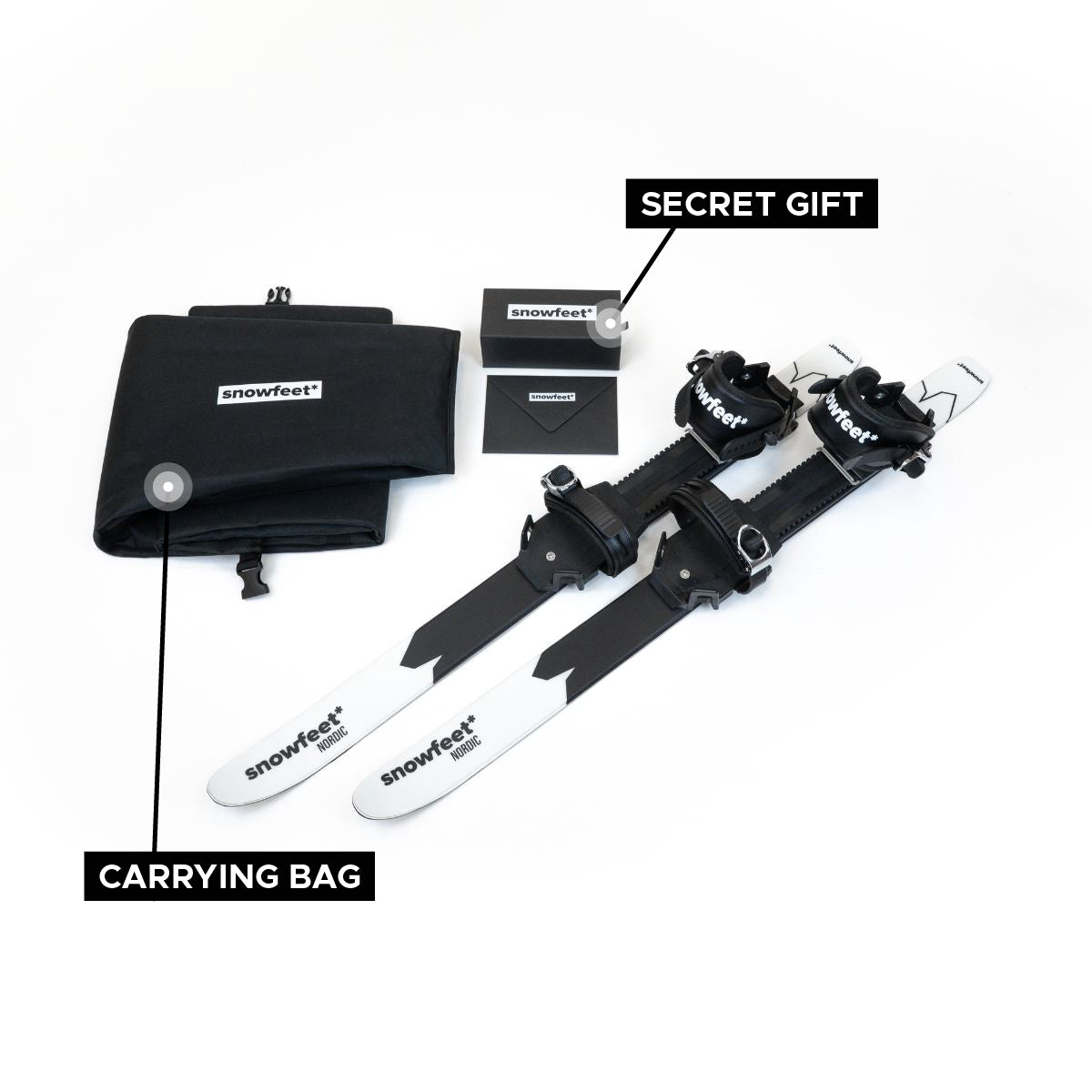
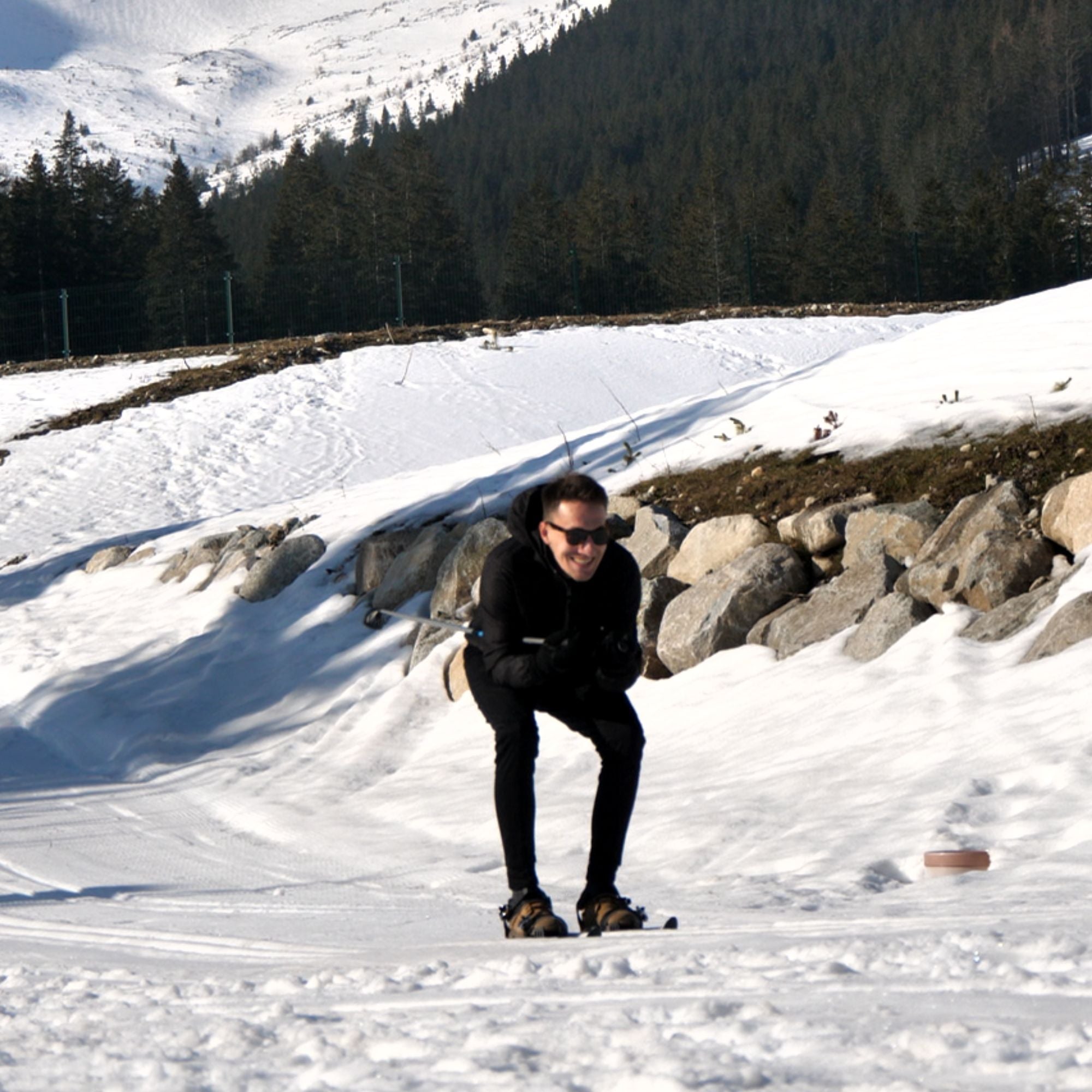
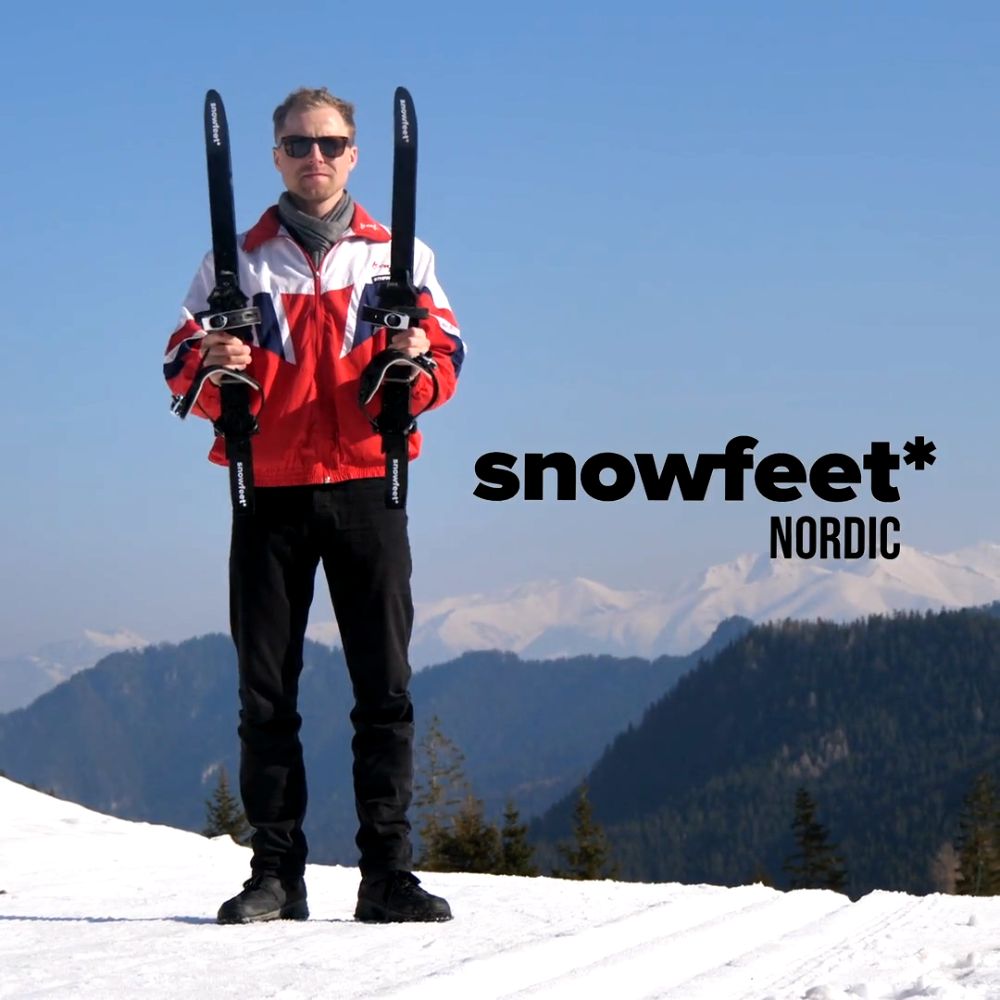
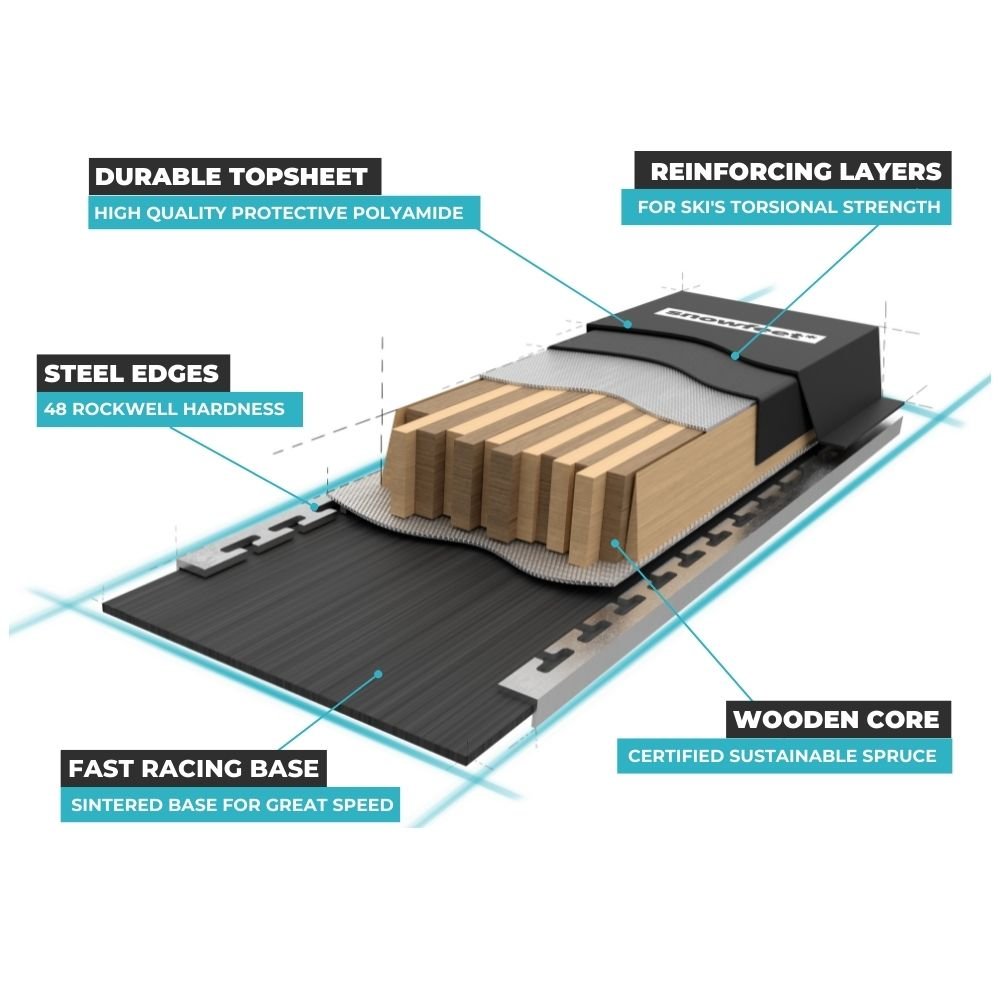
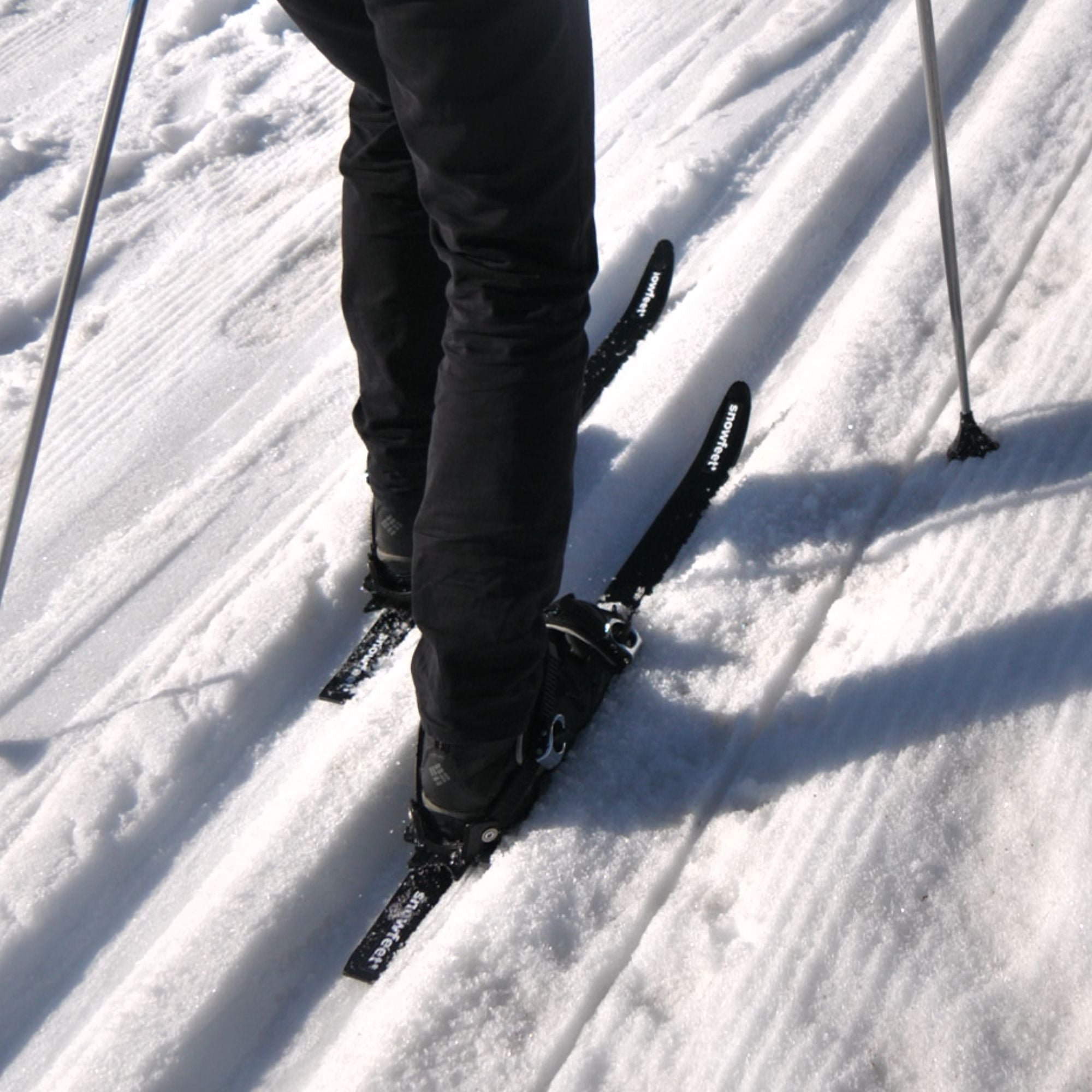
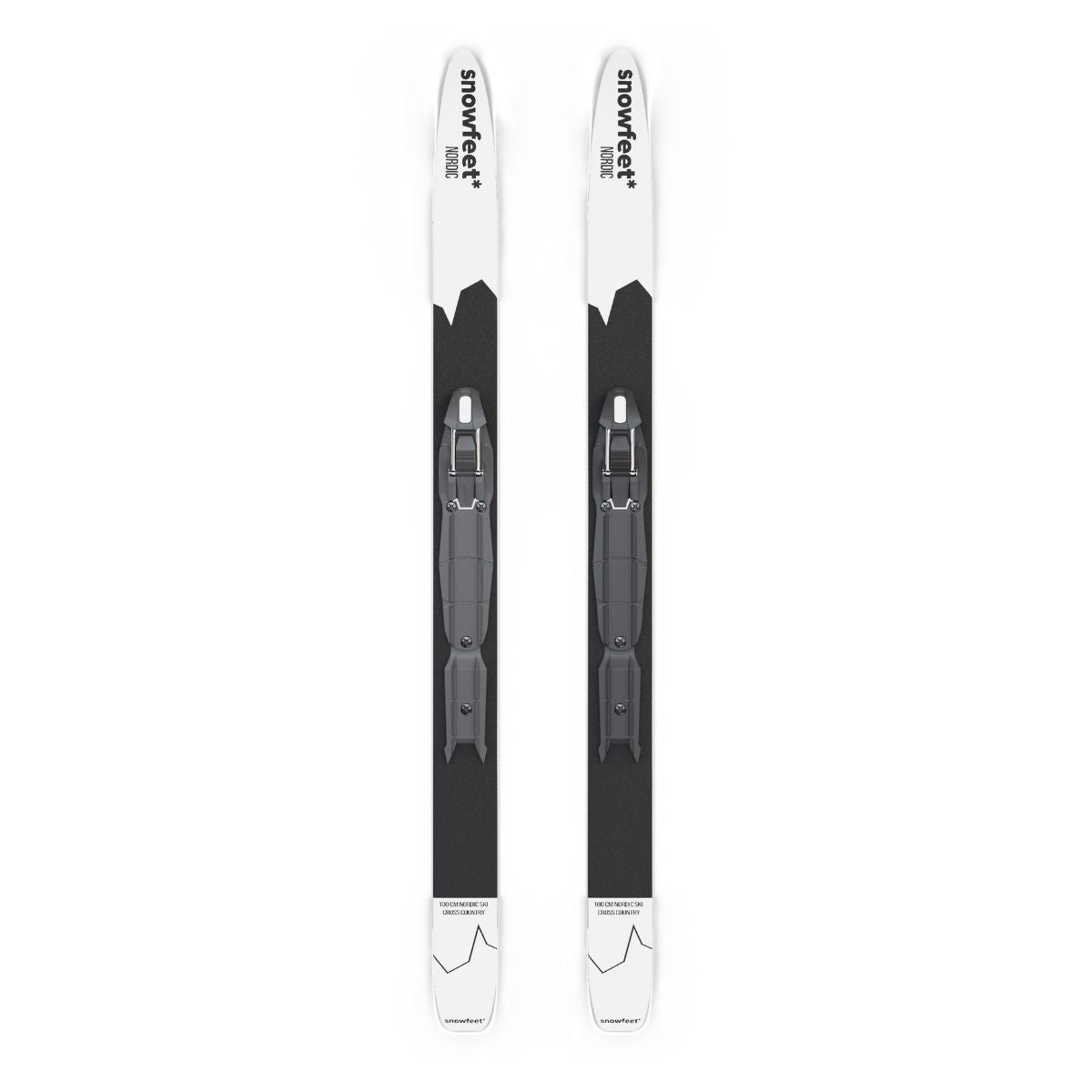
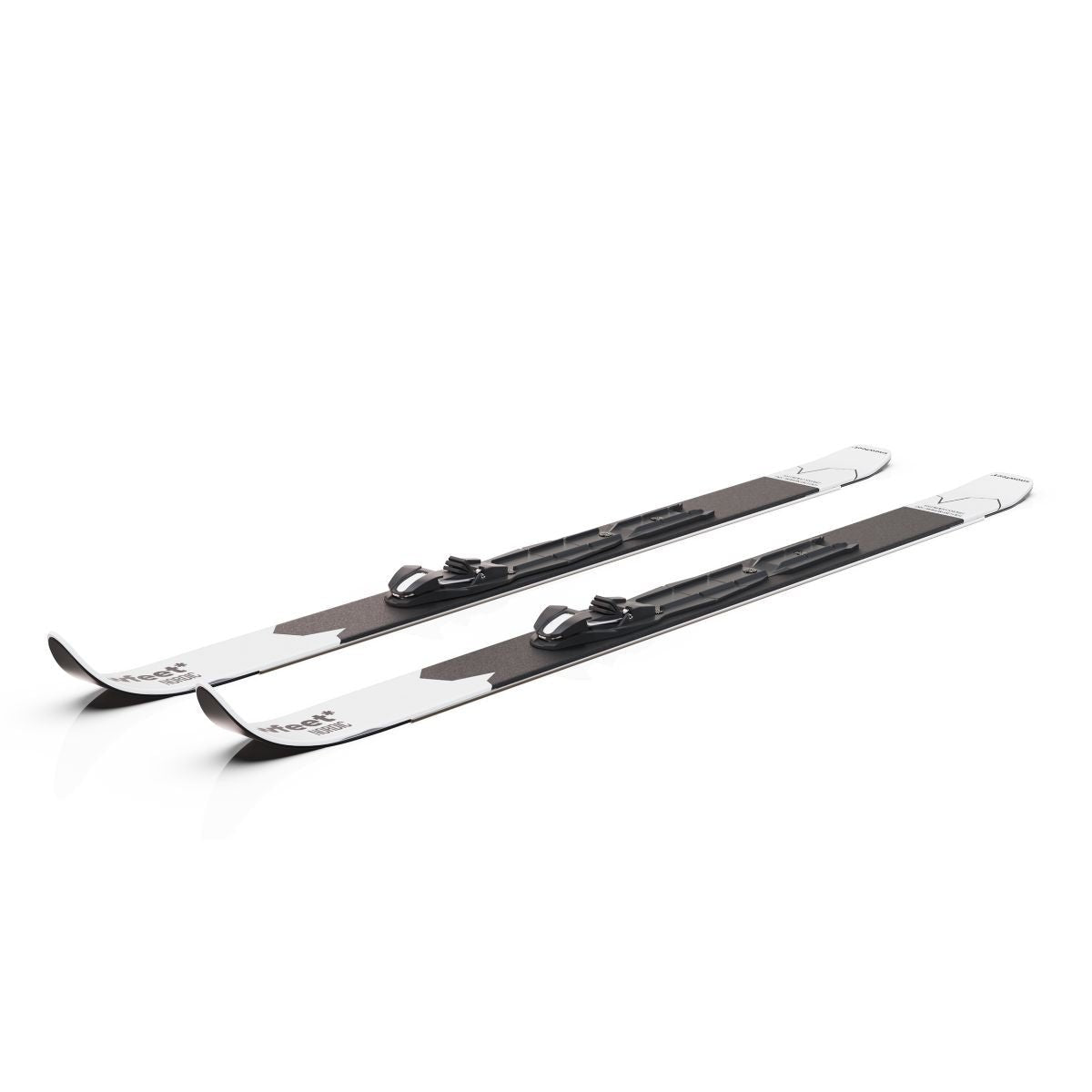
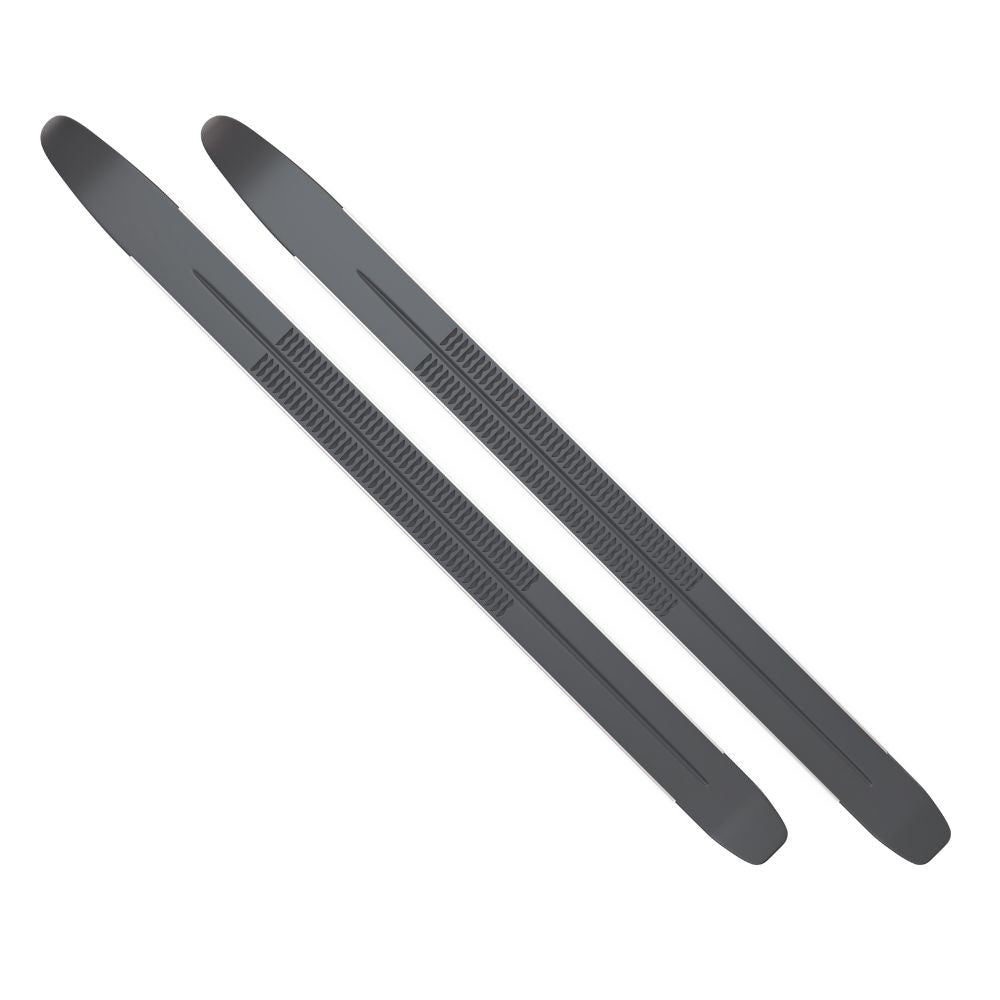
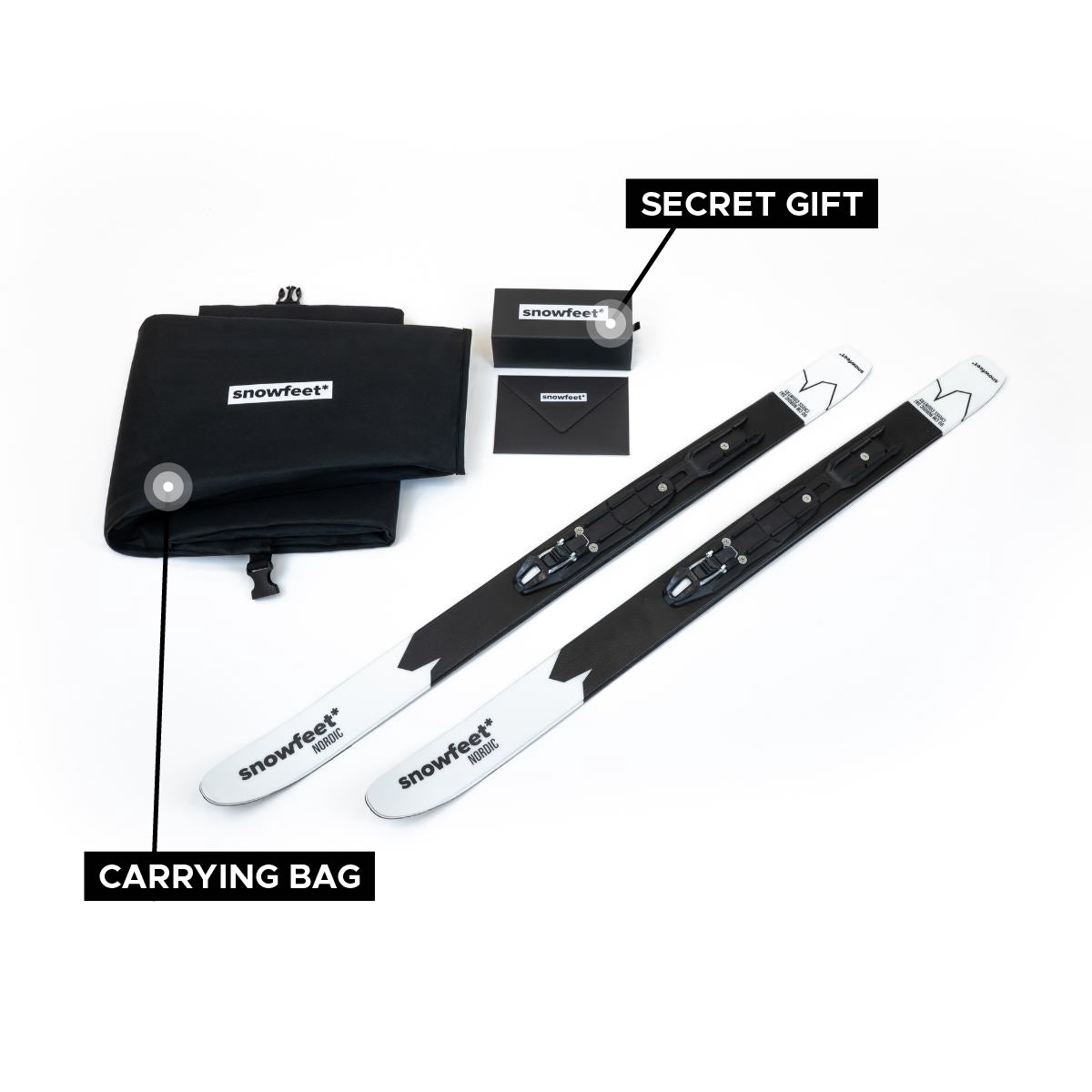
Tutte le tasse incluse. Prezzo finale.

🚚 SPEDIZIONE PRIORITARIA GRATUITA!
Spedizione gratuita e veloce. Il tempo di consegna stimato è di 3 giorni lavorativi.
PRIORITY SHIPPING*
Estimated delivery: 3 Business days
*All taxes & duties included.

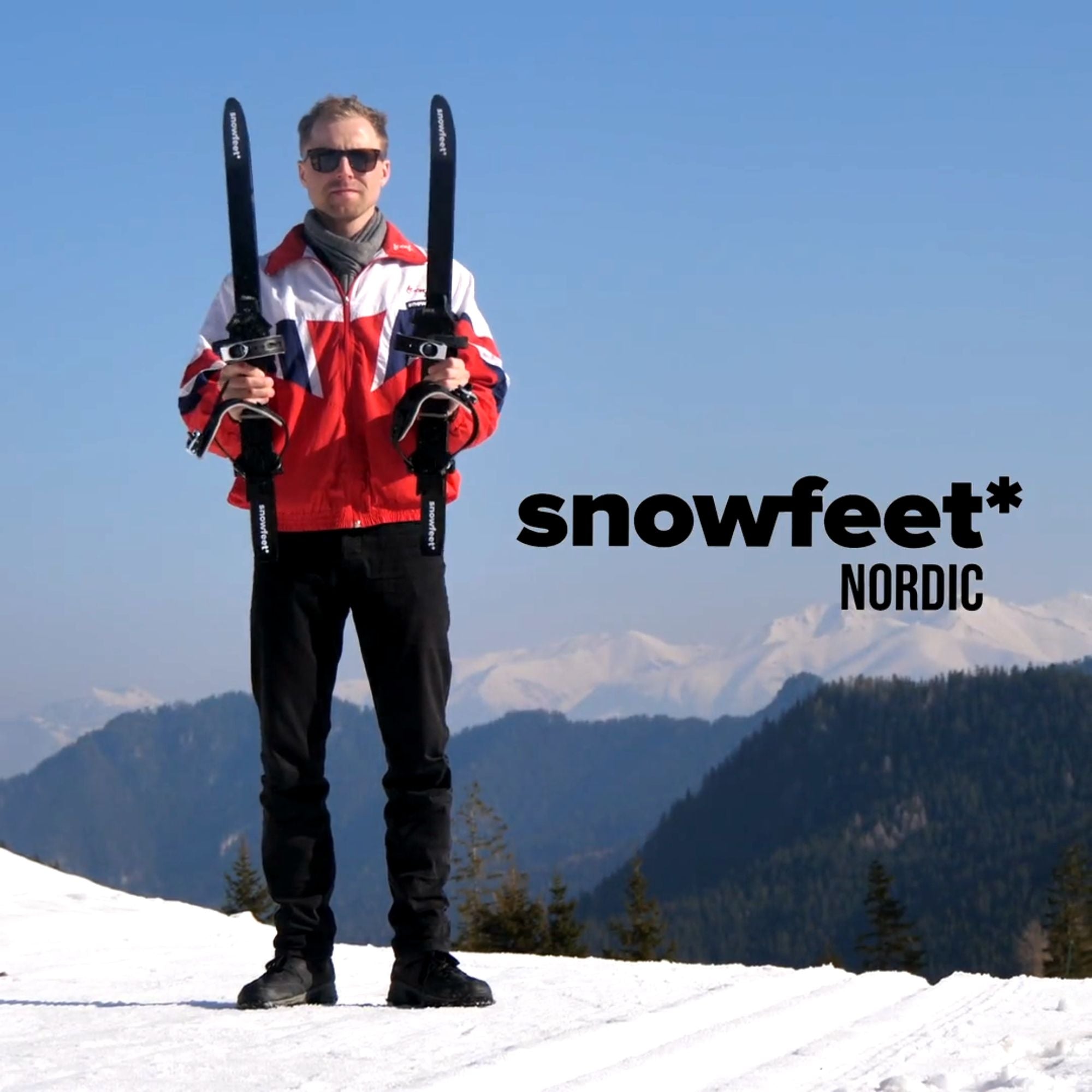
Gli sci nordici più corti del mondo!
LUNGHEZZA - Solo 90 cm / 35 pollici
Ottimo per principianti, intermedi e professionisti che vogliono godersi al massimo il loro viaggio attraverso il paese. Ottimo sia per bambini che per adulti, ragazzi o maestri di sci.
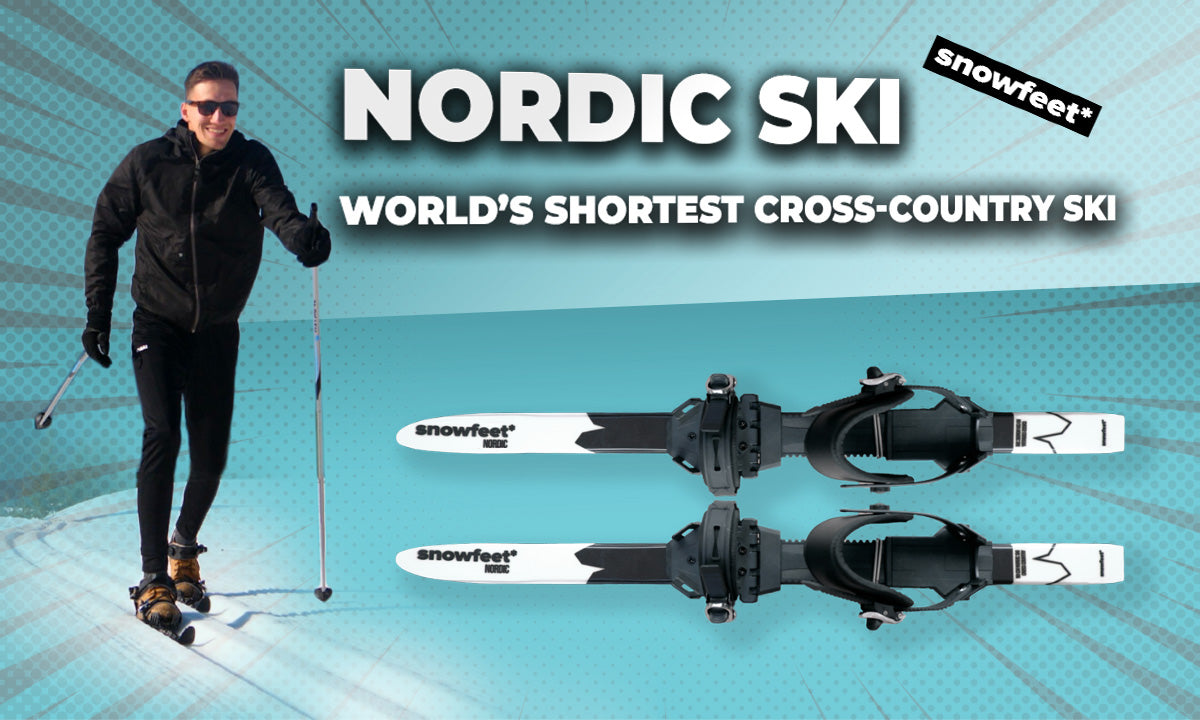
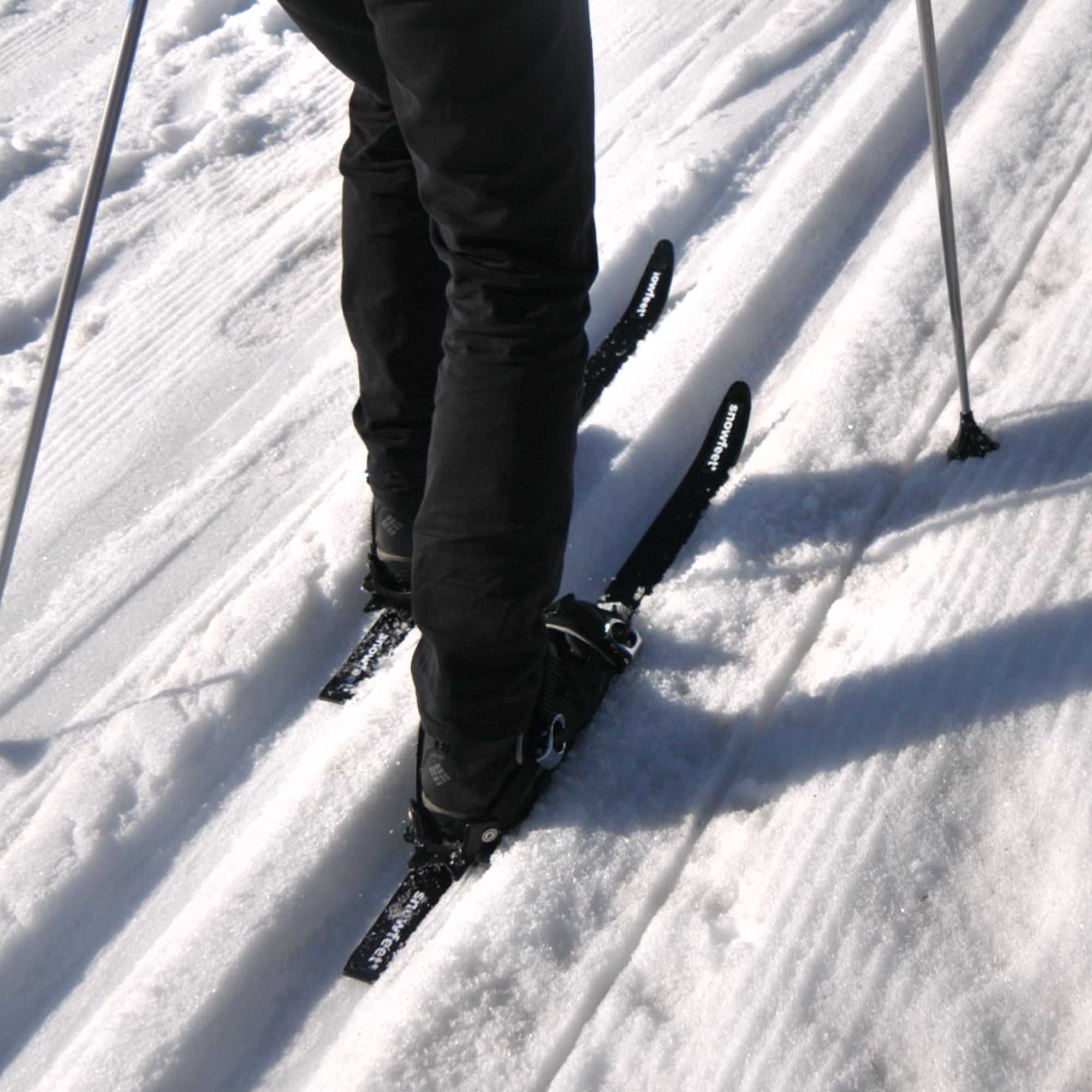
RIVOLUZIONE NELLO SCI NORDICO XC SKATE
COMPATIBILE CON TUTTE LE SCARPE INVERNALI
Lo sci nordico Snowfeet può essere attaccato a qualsiasi scarpa invernale, quindi non è necessario acquistare costosi scarponi da sci di fondo.
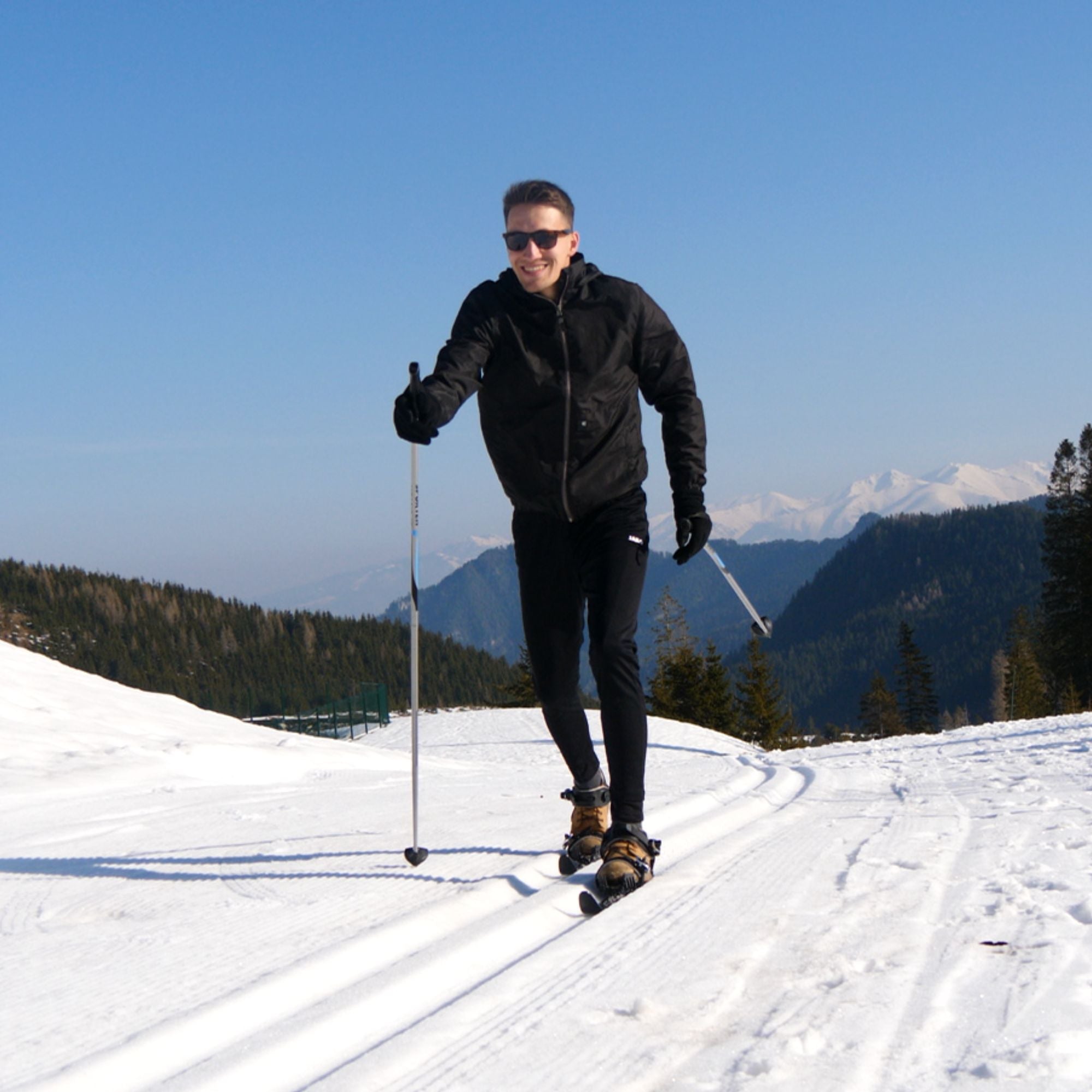
FACILE DA IMPARARE IN UN GIORNO
LEGGERO + PORTATILE
Questi sci da skate sono facili da afferrare e leggeri da portare in giro, così puoi portarli con te ovunque.
COSTRUZIONE SCI NORDICO
Utilizziamo solo materiali di alta qualità per la produzione e progettiamo solo prodotti unici e innovativi con l'obiettivo di creare sempre il miglior prodotto nella sua categoria
Gli sci da fondo, noti anche come sci nordici, sono sci sottili progettati per muoversi su neve piatta o leggermente inclinata. Sono più leggeri degli sci da discesa e hanno attacchi che permettono al tallone di sollevarsi. Le persone usano questi sci per divertirsi sciando, gareggiare e fare escursioni in luoghi innevati. Sono eccellenti per mantenersi attivi ed esplorare paesaggi invernali.
Gli sci Snowfeet sono un modo flessibile e facile per provare lo sci di fondo, soprattutto se sei un principiante o vuoi semplicemente un'esperienza più casual. Questi sci sono diversi da quelli usuali perché sono più corti, leggeri e versatili. Sono disponibili due modelli di sci da fondo Snowfeet – uno con attacchi per scarpe normali e un altro con attacchi professionali da fondo per l'uso con scarponi da sci. Quindi puoi semplicemente agganciare gli Snowfeet direttamente alle tue scarpe invernali normali, senza bisogno di scarponi da sci speciali.
Hai due modelli di Snowfeet tra cui scegliere. Uno funziona con normali scarpe invernali, quindi non devi comprare costosi scarponi da sci di fondo. L'altro ha l'attacco NNN di Rottefella per scarponi da sci di fondo.
Quando ti prepari per lo sci di fondo, è essenziale scegliere gli sci, gli scarponi e i bastoncini giusti.
Per lo sci di fondo, indossa strati per mantenerti caldo. Scegli abiti traspiranti, come una maglia termica e pantaloni. Non dimenticare una giacca e guanti. Indossa scarponi comodi e isolati, e occhiali da sci o occhiali da sole per proteggere gli occhi.
Gli sci da fondo corti sono più facili da controllare rispetto a quelli più lunghi. Sono leggeri e facili da trasportare, soprattutto quando si passa da un'area sciistica all'altra. Questi sci possono muoversi bene in luoghi affollati o su sentieri stretti dove gli sci più lunghi potrebbero essere difficili da gestire.
Sì, gli sci da fondo corti funzionano bene per i principianti perché sono più facili da maneggiare, più manovrabili e richiedono meno sforzo per essere controllati rispetto agli sci più lunghi.
Per iniziare a sciare di fondo o nordico, stai in piedi con gli sci vicini tra loro. Spingi con un piede e fai scivolare l'altro sulla neve. Usa i bastoncini per aiutarti a mantenere l'equilibrio e avanzare. Quando vuoi girare, inclina il corpo nella direzione in cui vuoi andare e sposta il peso. Esercitati con questi movimenti e presto scivolerai dolcemente sugli sci!
Lo sci di fondo è facile per i principianti ed è un modo divertente per godersi l'inverno. Con un po' di pratica, prenderai la mano e ti divertirai a scivolare sulla neve.
Gli sci da fondo sono migliori su sentieri lisci e battuti, con terreni pianeggianti o dolcemente ondulati. Funzionano bene su piste battute, neve compatta e campi aperti, offrendo stabilità e facilità di controllo per gli sciatori.
Gli sci Snowfeet Nordic hanno una speciale base Fishscales, quindi non serve la cera Kick; sono facili da usare, ma se vuoi andare più veloce, puoi comunque usare la cera da scivolamento.
No, non devi comprare scarponi da sci speciali per gli Snowfeet Nordic Skate Skis. Questi sci hanno attacchi che funzionano con qualsiasi scarpa invernale. Puoi usarli con scarpe invernali normali, quindi non devi spendere soldi per costosi scarponi da sci di fondo. La misura di scarpa consigliata per gli Snowfeet Nordic skis è 6-13 US / 38-47 EU.
La lunghezza ideale per i bastoncini da sci di fondo è generalmente determinata dalla tua altezza, ma una regola comune è usare bastoncini che siano circa l'83% della tua altezza.